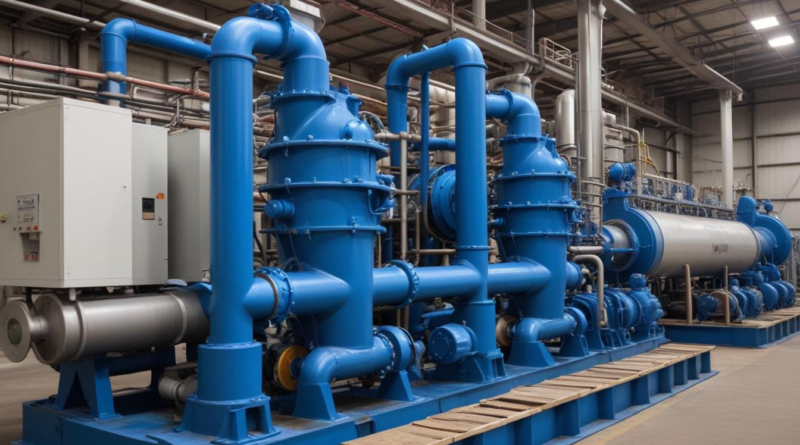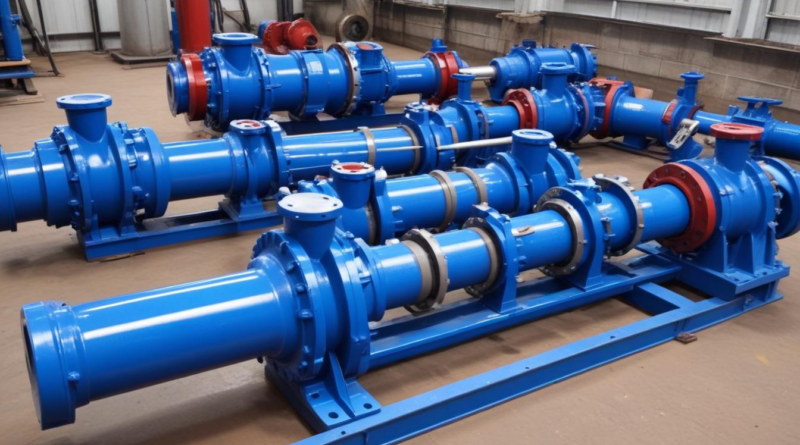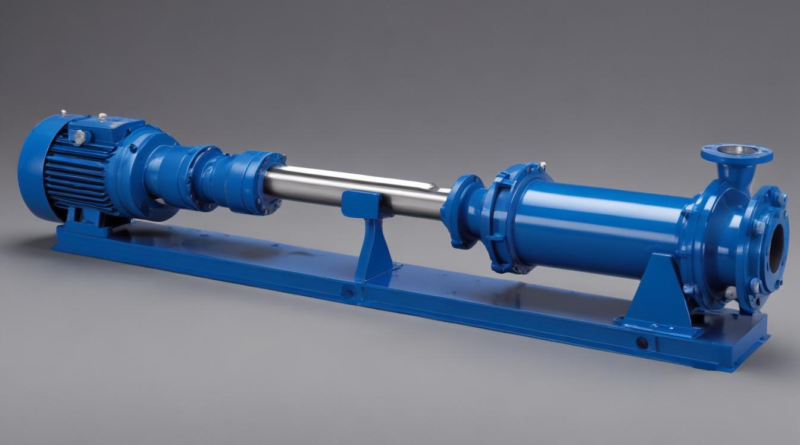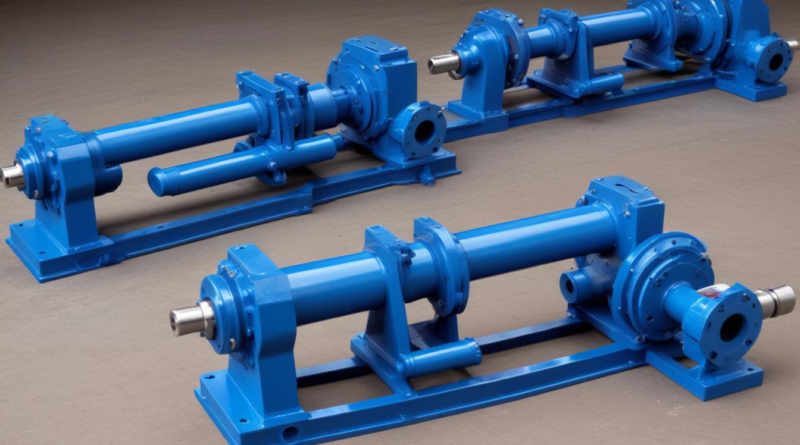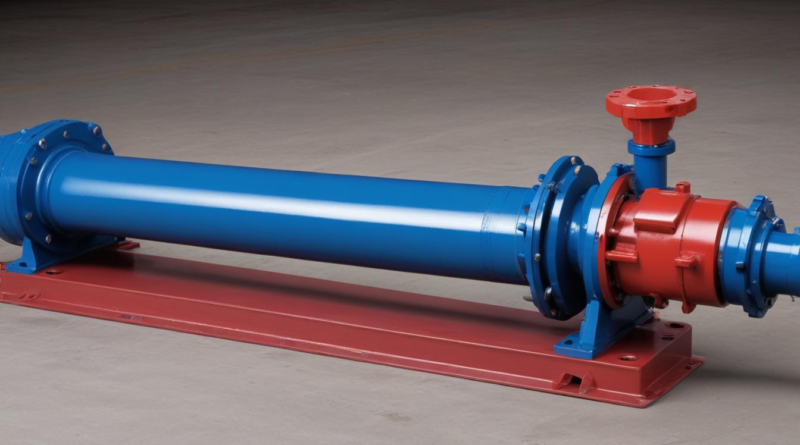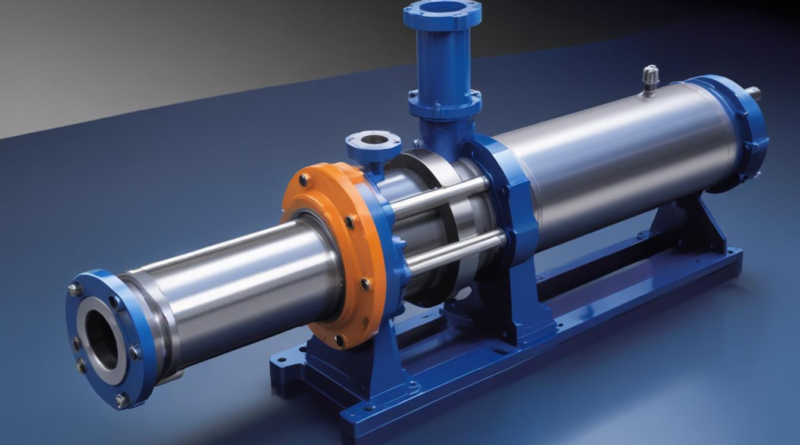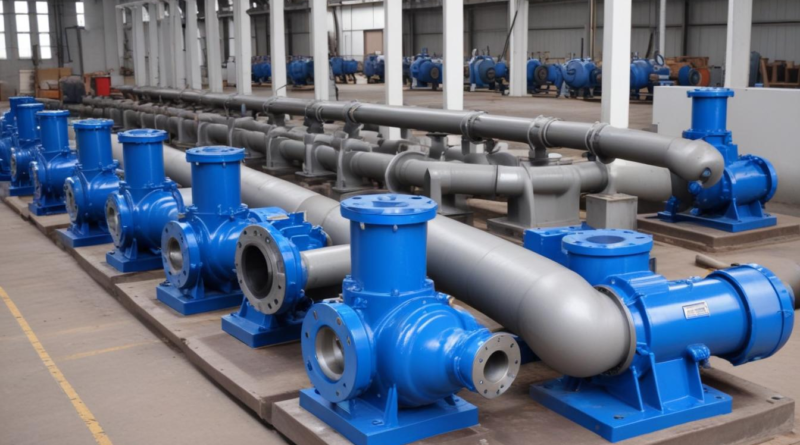the role of pumps in industrial drying processes
Industrial drying pumps are essential for optimizing drying processes across various industries. By leveraging different types—centrifugal, positive displacement, and vacuum pumps—industries can enhance performance and efficiency. Key selection factors such as flow rate, fluid properties, and energy consumption play a crucial role in achieving desired outcomes. Emerging technologies like IoT and smart systems are driving advancements, making drying operations more reliable and sustainable.
Read More
